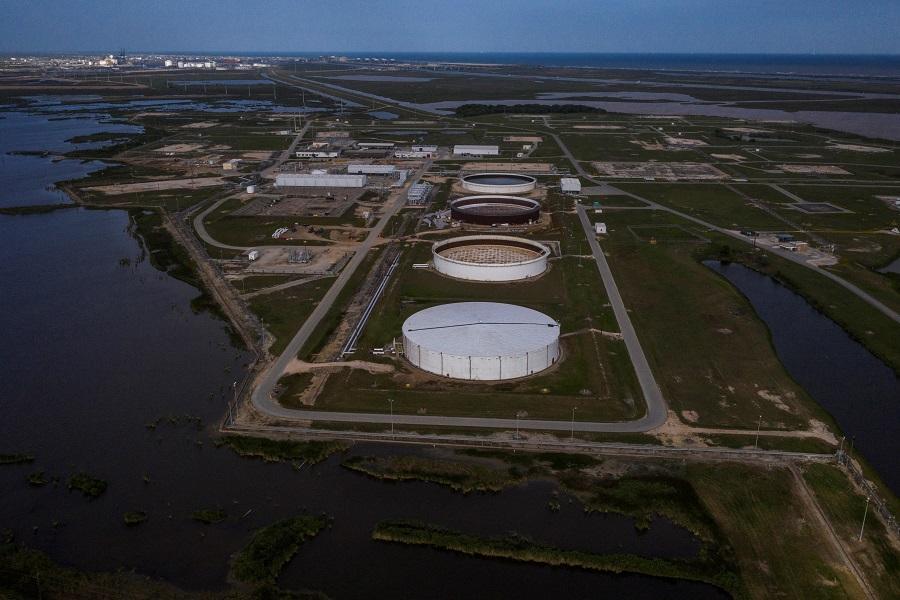
Oil Prices Rise on US Data, Middle East Tensions
The global oil market witnessed a surge in prices on Thursday, driven by a confluence of factors, including a decline in US fuel inventories and escalating tensions in the Middle East. Brent crude futures rose by 40 cents, or 0.57%, to $71.18 per barrel by 02:13 GMT, while US West Texas Intermediate (WTI) crude gained 34 cents, or 0.51%, reaching $67.50 per barrel.
The rise in oil prices is attributed to a decline in US fuel inventories, which fell by 2.5 million barrels in the week ended May 21, according to data released by the Energy Information Administration (EIA). This decline in inventories has raised concerns about potential supply shortages, leading to increased demand for oil and subsequently driving up prices.
Another significant factor contributing to the rise in oil prices is the escalating tensions in the Middle East. The region has been plagued by political unrest and conflicts, which have disrupted oil production and transportation. The ongoing conflict in Yemen, the tensions between Iran and Israel, and the COVID-19 pandemic have all contributed to the region’s instability, leading to increased uncertainty and volatility in the oil market.
The Middle East is home to some of the world’s largest oil producers, including Saudi Arabia, Iraq, and Iran. Any disruption to oil production or transportation in the region can have a significant impact on global oil supplies and prices. The recent attacks on oil tankers in the Gulf of Oman and the Strait of Hormuz have highlighted the risks and challenges faced by oil producers and traders in the region.
The rise in oil prices is also being driven by the ongoing recovery in global economic growth. As the global economy continues to recover from the COVID-19 pandemic, demand for oil is increasing, leading to tighter supplies and higher prices. The ongoing vaccination efforts and the easing of lockdown restrictions have boosted consumer confidence and spending, leading to increased demand for oil and other energy products.
The impact of the rise in oil prices is being felt across the global economy. Higher oil prices can lead to increased costs for businesses and consumers, which can have a negative impact on economic growth and inflation. The rise in oil prices can also lead to increased volatility in financial markets, as investors become more cautious and seek safer investments.
In conclusion, the rise in oil prices is driven by a combination of factors, including a decline in US fuel inventories, escalating tensions in the Middle East, and the ongoing recovery in global economic growth. As the global economy continues to recover, it is likely that oil prices will remain volatile and subject to fluctuations. Investors and businesses would be wise to monitor the situation closely and adjust their strategies accordingly.
Source: https://investmentguruindia.com/newsdetail/oil-prices-rise-on-us-data-middle-east-tensions673011





